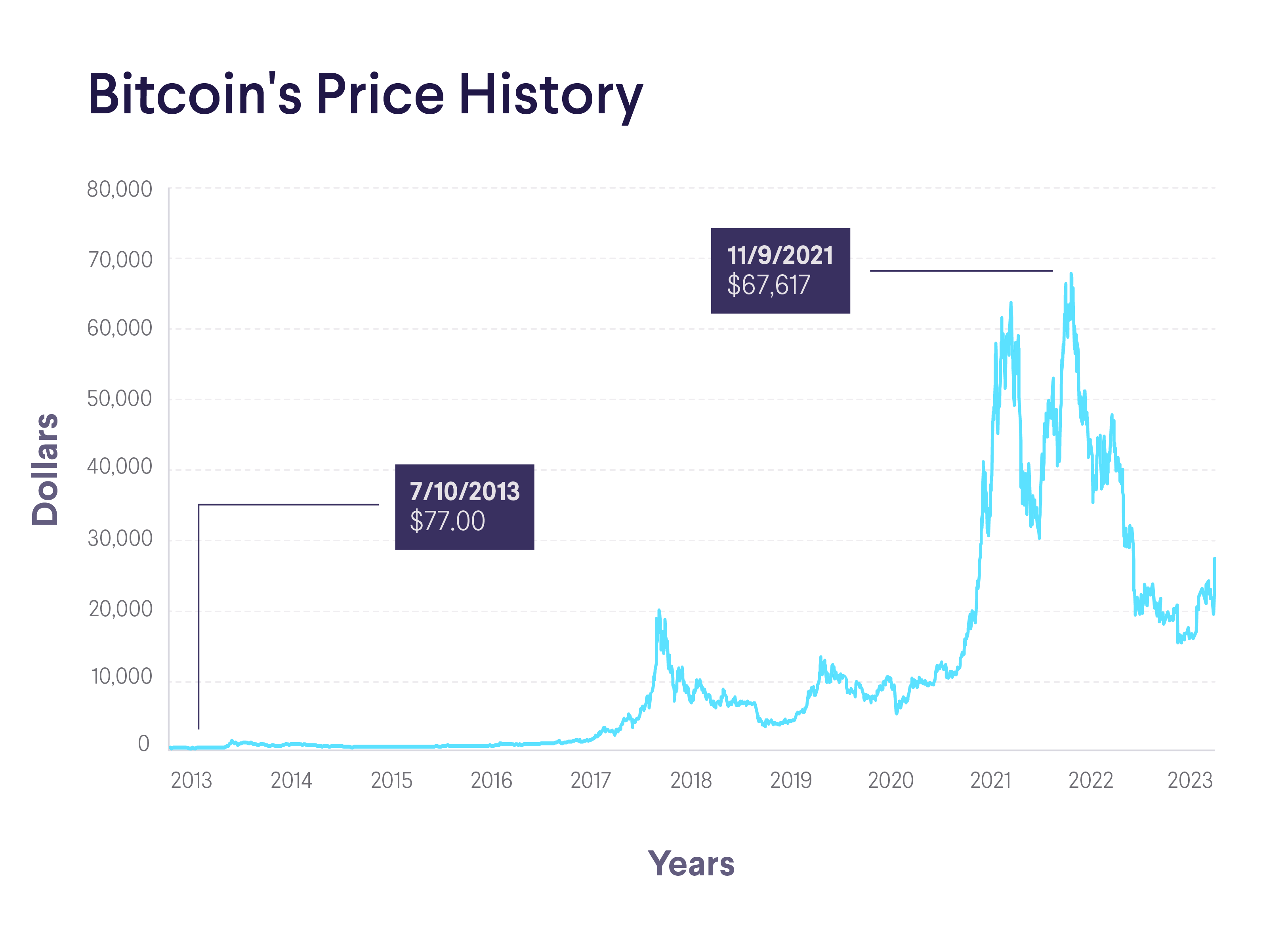Middle Eastern LPG: China's New Energy Source After US Tariff Disputes

Table of Contents
The Impact of US Tariffs on China's Energy Sector
The imposition of US tariffs on various goods, including energy products, created significant disruptions to China's energy supply chains. This had a profound impact on several levels:
Disrupted Supply Chains
- Increased Costs for Chinese Industries: Tariffs dramatically increased the cost of US energy imports, impacting the profitability of Chinese industries heavily reliant on these resources. This led to a need to find more cost-effective alternatives.
- Vulnerability to Geopolitical Instability: Prior reliance on a single major supplier (the US) exposed China to significant vulnerabilities stemming from geopolitical instability and potential trade disputes. Diversification became a paramount concern.
- Exploration of Diversification Strategies: Facing escalating costs and supply uncertainties, China proactively began exploring diverse energy sources and forging new partnerships to mitigate risks associated with over-reliance on a single energy provider.
The Search for Alternative Energy Sources
In response to the challenges posed by US tariffs, China adopted a multi-pronged approach to secure its energy future:
- Investment in Renewable Energy: China has significantly invested in renewable energy sources such as solar and wind power to reduce its dependence on fossil fuels and enhance energy independence.
- Increased Exploration of Domestic Resources: Efforts to tap into and develop domestic energy resources, including coal and natural gas, have been intensified to bolster energy self-sufficiency.
- Strengthening Relationships with Other Energy-Producing Nations: China has actively pursued stronger diplomatic and economic ties with countries possessing abundant energy resources, including those in the Middle East, to diversify its import sources and secure long-term energy supply.
Middle Eastern LPG: A Viable Alternative
The vast LPG reserves in the Middle East present a compelling alternative to traditional US energy imports for China. This option offers several key advantages:
Abundant LPG Reserves in the Middle East
- Specific Countries and Their Production Capacities: Countries like Saudi Arabia, Qatar, and the UAE boast significant LPG production capacities, offering a substantial supply to meet China's growing energy demands.
- Geographical Proximity to China Reducing Transportation Costs: The relatively close proximity of Middle Eastern LPG producing nations to China significantly reduces transportation costs and transit times compared to other sources.
- Political Stability in Key Producing Regions: While geopolitical risks exist everywhere, many Middle Eastern LPG producers offer greater political and economic stability compared to some other potential suppliers, making them more reliable long-term partners.
Economic Advantages of Middle Eastern LPG
Importing LPG from the Middle East presents considerable economic benefits:
- Price Competitiveness: Middle Eastern LPG is often priced competitively, offering a cost-effective alternative to more expensive options.
- Long-Term Contract Possibilities: The scale of Middle Eastern reserves allows for the negotiation of long-term contracts, providing price stability and security of supply for Chinese energy consumers.
- Reduced Reliance on a Single Supplier: Diversifying energy imports to include Middle Eastern LPG reduces China's dependence on any single nation, bolstering its energy security.
- Favorable Trade Agreements: Strengthening economic and diplomatic ties often leads to favorable trade agreements, reducing tariffs and other barriers to energy trade between China and Middle Eastern nations.
Infrastructure Development and Logistics
Facilitating the increased import and distribution of LPG from the Middle East to China requires significant infrastructure development:
- Port Expansion: Existing ports in China require expansion to handle the increased volume of LPG imports.
- Pipeline Construction: The construction of new pipelines offers efficient and cost-effective transportation of LPG across vast distances.
- Storage Facilities: Adequate storage facilities are vital to manage the flow and ensure a stable supply of LPG.
- Transportation Networks: Efficient and reliable transportation networks are essential to ensure timely delivery of LPG to its end users across China.
Geopolitical Implications and Strategic Partnerships
The shift towards Middle Eastern LPG has significant geopolitical consequences:
Strengthening Sino-Middle Eastern Relations
- Increased Diplomatic Visits: The increased energy trade has led to a surge in high-level diplomatic visits and exchanges between China and Middle Eastern countries.
- Investment Deals: Significant investment deals in the energy sector are strengthening economic ties between both regions.
- Joint Energy Projects: Collaborative projects in exploration, production, and infrastructure development are becoming more common.
- Mutual Benefits: The partnership fosters mutual economic benefits, strengthening strategic alliances and promoting regional stability.
Diversification of Energy Sources and Reduced Dependence
This shift towards Middle Eastern LPG is crucial for China's long-term energy security:
- Improved Resilience to Geopolitical Shocks: Energy diversification reduces vulnerability to disruptions caused by geopolitical events or trade disputes.
- Enhanced Energy Market Stability: Increased access to diverse energy sources promotes a more stable and predictable energy market.
- A More Robust National Economy: Reliable and affordable energy is essential for a strong and growing national economy.
Conclusion
The impact of US tariffs on China's energy sector has accelerated the search for alternative energy sources. Middle Eastern LPG has emerged as a viable and increasingly critical solution, offering economic advantages and bolstering China's energy security. This shift is not just an energy transaction; it signifies a significant realignment in geopolitical relationships and strategic partnerships. Explore the potential of Middle Eastern LPG, understand the implications of this new energy partnership, and investigate the future of Middle Eastern LPG imports to China – the implications are far-reaching and transformative for the global energy market.

Featured Posts
-
 Blue Origin Rocket Launch Cancelled Vehicle Subsystem Issue
Apr 24, 2025
Blue Origin Rocket Launch Cancelled Vehicle Subsystem Issue
Apr 24, 2025 -
 The Bold And The Beautiful Spoilers Finns Promise To Liam On April 23rd
Apr 24, 2025
The Bold And The Beautiful Spoilers Finns Promise To Liam On April 23rd
Apr 24, 2025 -
 John Travoltas Daughter Ella Bleu Unveils A Breathtaking New Look
Apr 24, 2025
John Travoltas Daughter Ella Bleu Unveils A Breathtaking New Look
Apr 24, 2025 -
 Market Update Bitcoin Btc Price Increase And The Factors Behind It
Apr 24, 2025
Market Update Bitcoin Btc Price Increase And The Factors Behind It
Apr 24, 2025 -
 Months Long Lingering Of Toxic Chemicals In Buildings After Ohio Train Derailment
Apr 24, 2025
Months Long Lingering Of Toxic Chemicals In Buildings After Ohio Train Derailment
Apr 24, 2025
